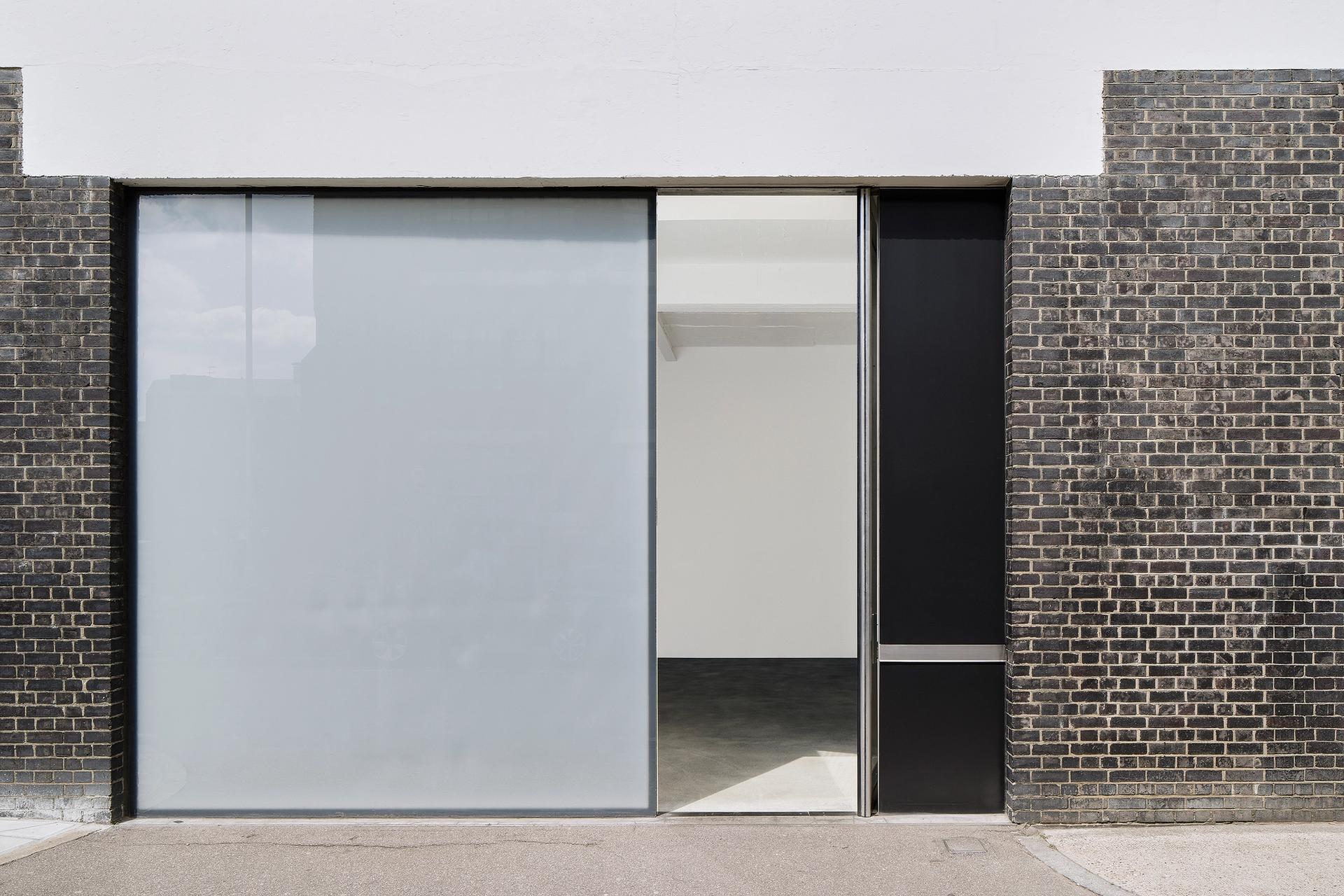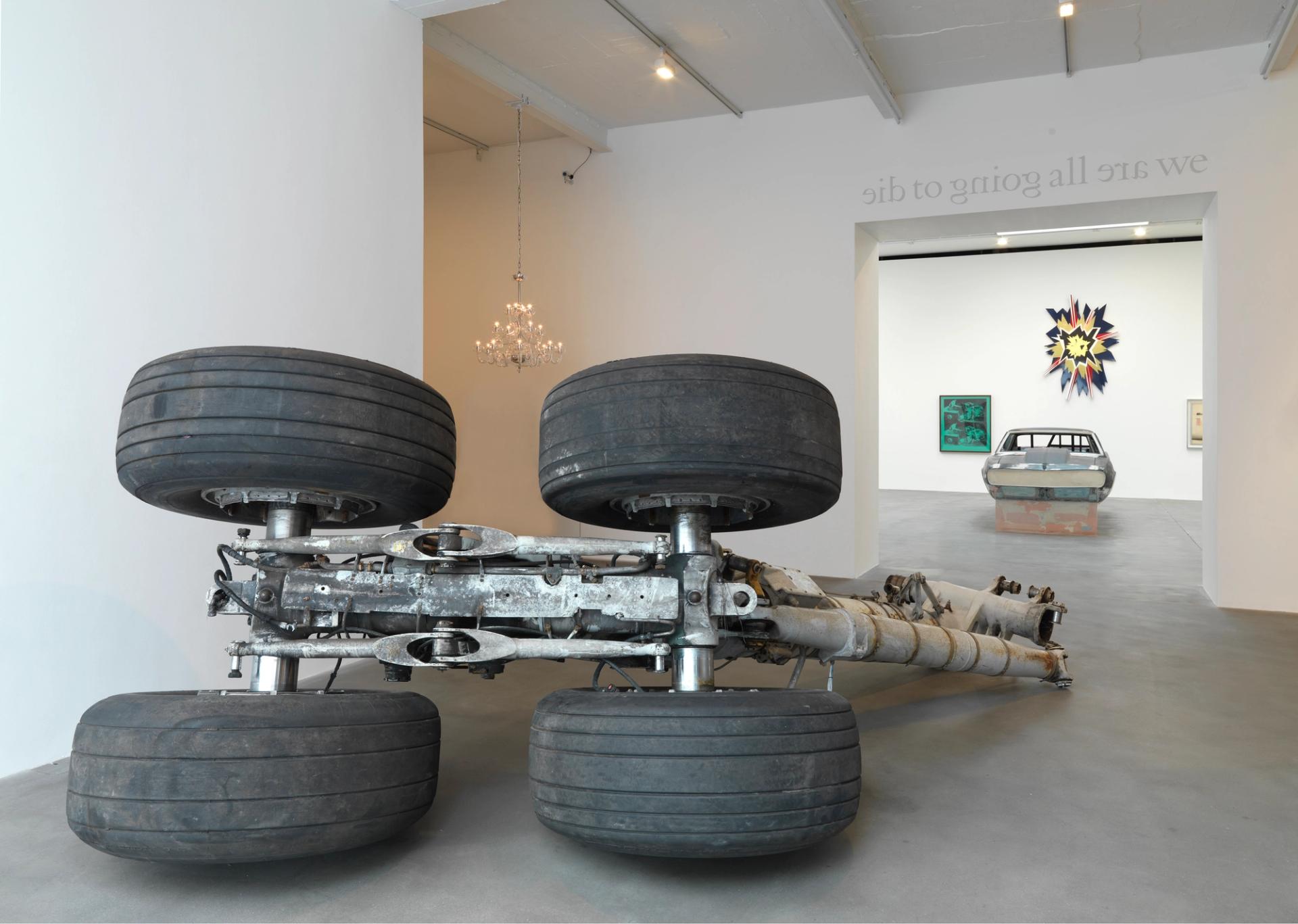It is not often you hear of the world's most mega gallery closing a space, but, after 20 years, Larry Gagosian has announced he is shutting his Britannia Street location in King's Cross, north London.
The Britannia Street space's enormous proportions—its largest room measures 28 metres long and almost six metres high—makes it ideal for big sculpture and ambitious projects. It launched in 2004 with an exhibition of ten large-scale paintings by Cy Twombly, followed by a show featuring two enormous sculptures by Martin Kippenberger.

Outside view of Gagosian Britannia Street
Courtesy of Gagosian Gallery
A spokesman for the gallery says the decision came as the north London property is being redeveloped by the landlord. Instead of relocating to another physical space, Gagosian is developing a new outdoor platform for large-scale sculpture that will "continue and expand the tradition" of Britannia Street. Launching in October, to coincide with Frieze London, this new venture, called Gagosian Open, "will see art works installed at public sites in London", the spokesman says. "[It] will provide artists with the opportunity to display ambitious projects beyond the walls of the gallery and will allow new audiences to experience remarkable artworks in entirely different contexts—from previously inaccessible locations to public spaces throughout the city."
It is a new tack for Gagosian, who has built an empire on the traditional bricks-and-mortar gallery model, even in times of economic downturn. In the early 1990s recession, he reopened his Los Angeles gallery, while in 2007, shortly before the global economic crash, he opened a space in Rome. In 2012, The Art Newspaper estimated his global galleries totalled more than 14,200 sq m, more than the entire exhibition space of Tate Modern, which spans 13,500 sq m.

CRASH: Homage to JG Ballard, February 11–April 1, 2010, at Gagosian Britannia Street
Courtesy of Gagosian Gallery
Since then he has opened three spaces in Paris as well as galleries in Basel and Gstaad in Switzerland. In 2021, he closed his San Francisco space. In recent years, question marks hung over the Britannia Street space, which early on mounted popular exhibitions by Jeff Koons and Richard Serra, as well as Cecily Brown's first show in the UK, in 2006.
Less well-received was American Pastoral, an exhibition pitting 19th-century masters against big contemporary names such as Ed Ruscha and Roy Lichtenstein, which opened in early 2020. "Visiting it is a bit like stumbling into the gallery's stockroom," wrote the Telegraph's Alistair Sooke.
Meanwhile, for a whole year, between April 2021 and April 2022, Gagosian gave the keys to the gallery to Damien Hirst, who mounted a series of shows of his own works including Natural History, dedicated to the artist's animals pickled in formaldehyde.


